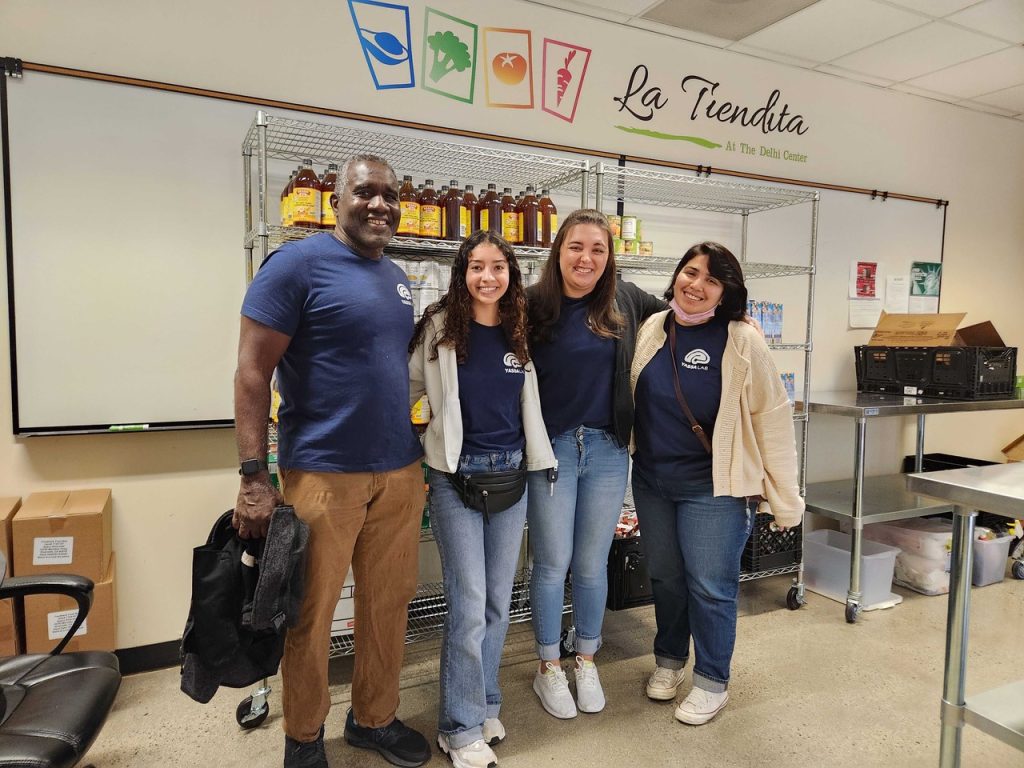By: Michael A. Yassa, Ph.D.
More than 650,000 people aged 65 and older are living with Alzheimer’s disease in California. This number is projected to more than double by the year 2040. Hispanic/Latine and Black communities will see a disproportionate tripling in prevalence. Scientific evidence has demonstrated that genetic factors do not account for these large differences in prevalence. Instead, the major contributors appear to be modifiable health risk factors (for example rates of diabetes and vascular disease), socioeconomic factors, racism and discrimination, as well as reduced access to, and use of health services.
In 2020, the Centers for Disease Control and Prevention called for the removal of systemic and structural barriers within policies, systems and community conditions that have contributed to inequitable health outcomes in minoritized populations. This is a significant ongoing challenge with respect to clinical research in Alzheimer’s disease. Disparities in clinical research and clinical trial enrollment for Alzheimer’s disease have meant that many drugs and interventions approved by the FDA in humans may not work in the populations they would most benefit. Moreover, even when participation barriers are addressed, cultural barriers in assessment methods and inadequate translation of testing tools can influence the identification and diagnosis of dementia in culturally diverse populations. Not only does this limit our scientific understanding of the disease in minoritized groups, but it also directly impacts the individuals living with dementia, since early diagnosis is key to effective intervention.
There is an urgent need for current and future research to proactively and meaningfully partner with minoritized communities to increase their access to and participation in clinical research. This requires a genuine commitment to understanding the impact of systemic and structural discrimination and bias, cultural barriers to participation, as well as community needs and priorities. We must focus not only on research participation but on advocacy, awareness and increasing access to equitable healthcare resources. Additionally, a comprehensive understanding of social and structural determinants of health in Alzheimer’s disease observational studies is key. This includes the use of culturally tailored tools that have been validated appropriately. These tools have recently become incorporated in our research and hold promise for an improved understanding of Alzheimer’s risks in minoritized populations.
While there is no one-size-fits-all approach to addressing health disparities, I would like to share with the reader some strategies that we have begun to use in our laboratory to build sustainable community partnerships that center the experiences of the communities in Orange County and surrounding areas to foster awareness and increase participation of Hispanic/Latine individuals. We were recently awarded a $13 million grant from the National Institute on Aging that will support research aiming to understand the role of vascular mechanisms in Alzheimer’s disease. Our focus is explicitly on minoritized communities where vascular risk factors are higher in prevalence. Interestingly, vascular pathologies have been underappreciated in research compared with the more commonly studied pathologies of Alzheimer’s disease such as amyloid plaques and tau tangles. We hope to bridge this gap in knowledge using advanced brain imaging techniques and innovative sensitive memory tests that we have developed.
Our community-engaged work began by translating all of our recruitment and assessment tools into Spanish, including a Spanish-language version of our website. We hired several Spanish-speaking clinical research staff, who have been instrumental in building true partnerships with individuals and organizations in the community. We partnered with local nonprofits that support the Hispanic/Latine community to build relationships and enhance trust between researchers and individuals who are historically excluded from research studies. We directly engage with families and offer information about Alzheimer’s disease and about our clinical research both in English and Spanish. We also expanded our reach by participating in senior health fairs and disseminating information about Alzheimer’s disease risks and prevention as well as clinical research opportunities.
Engagement with local government, community leaders and media figures is also crucial. We connected with former mayor of Santa Ana, Vicente Sarmiento, whose office shared information about our studies on their social media platform. A lab member joined a Facebook live podcast with Dr. Ana Nogales, President of the Association for Latino Mental Health Awareness (ALMHA) in Los Angeles & Orange County, where they discussed Alzheimer’s disease in the Latine community and increased awareness both of the disease as well as research resources. These are just some of the activities that we have been engaged in as part of this community-engaged research. We are now planning wellness panels in the community and building more partnerships with local advocacy groups. Our goals over the coming year include hiring Spanish-speaking community leaders part-time to advise on our strategies and build a referral network for research participants, as well as investing in the community to improve patient advocacy and access to healthcare resources.
A key to this commitment is ensuring that our relationship with the community is mutual and bidirectional. We are now building a community advisory board to center the voices of minoritized stakeholders and learn from community members about their lived experiences and their individual and collective concerns and priorities, particularly with respect to unique challenges that different communities face. While there is still a very long road ahead, we are beginning to see positive results. We know that this work requires a significant investment of time, effort and resources, as well as a genuine commitment to making a difference in the communities this research should serve. I am especially indebted to our recruitment and engagement team who bring a diversity of knowledge and experiences to this work and who enable this research direction in the lab. This team includes Novelle Meza, Yuritza Escalante and Alyssa Harris, all of whom are proud University of California graduates.
For more information about our Alzheimer’s disease research, please visit us online at http://beacon.bio.uci.edu.

